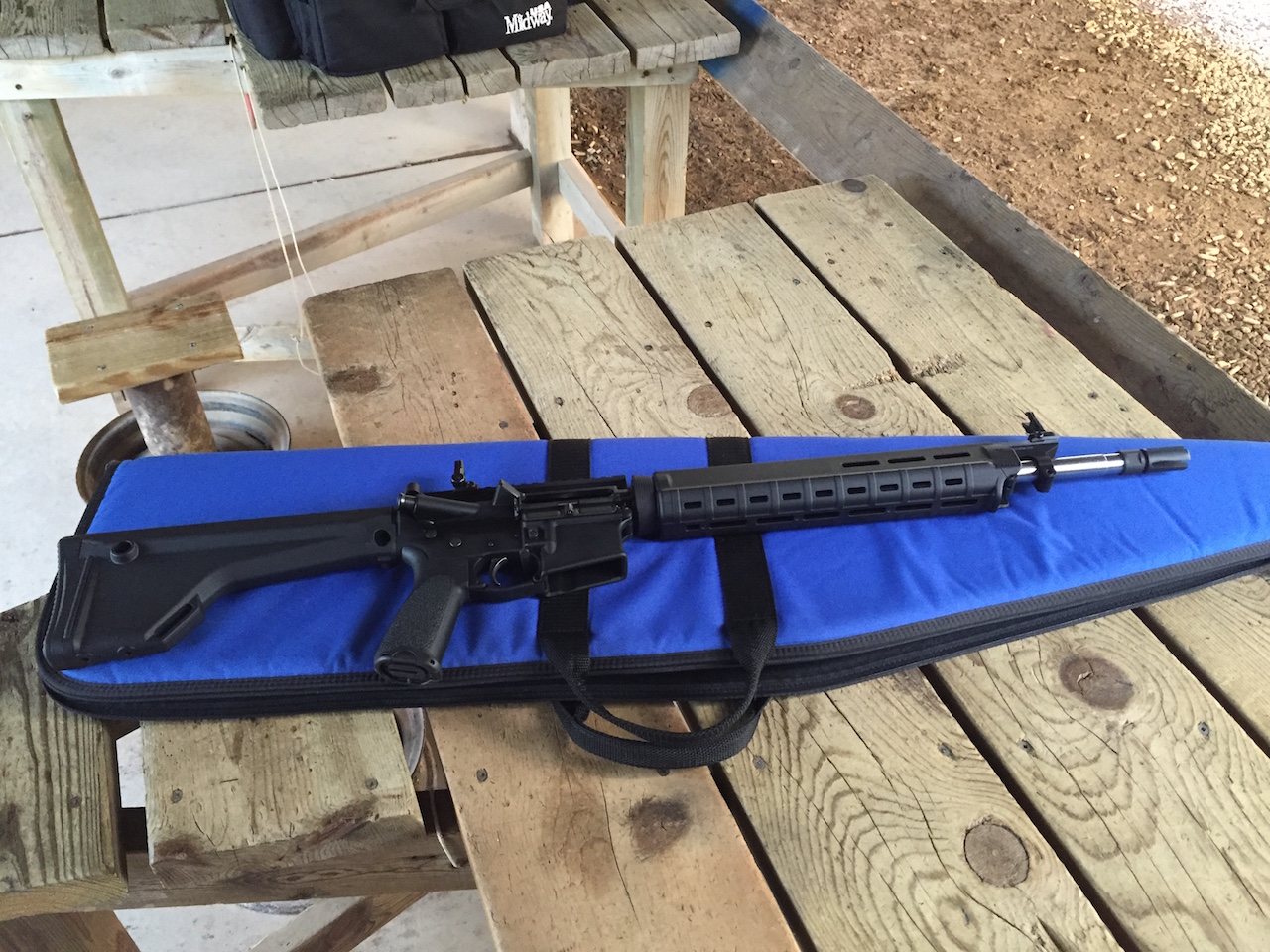Springfield Armory’s greatest product isn’t its guns but its marketing (that’s not to say their guns are bad, I several Springfield Armory firearms and they’re all solid). Other gun companies could learn a lot from Springfield Armory’s hype producing machine.
Case in point, a few weeks ago Springfield Armory started teasing its soon to be unveiled SAINT firearm. One of my friends asked me what I thought the SAINT was going to be. Because I’ve been exposed to enough marketing to have become jaded over the years I snarkily said “Probably yet another AR-15.” As it turns out, my snarky response was correct:
After weeks of advertisements, videos, and other vague references to the Springfield Armory SAINT the anticipation has to be killing you, or at the very least driving you a bit crazy. After I threw up my hastily written sneak peek, some of the theories I saw in the comments went anywhere from the downright ludicrous to spot on.
[…]
So, what does the SAINT mean for shooters? Frankly, it means another AR-15 to choose from on the rack at your local gun store. The catch is, it is going to be easy to overlook the greatness they built into the rifle. In over a decade of shooting the AR-15/M-16 platform almost exclusively, I have never come across a rifle that offers this level of performance for around $850 MSRP.
Besides the gaudy SAINT logo engraved in gigantic letters on the magwell, the rifle doesn’t look half bad. It appears to be a decently specced AR-15 for a price point that isn’t entirely stupid. But for the amount of marketing hype that was being pumped out of Springfield Armory you could have reasonably expected something new and unique instead of another version of a rifle that everybody and their grandmother already produces.
Thanks to Springfield Armory’s name, which is partially built on the nonexistent ties to the old Springfield Armory and partially on having a history of releasing pretty solid firearms, I’m sure the SAINT will sell well. But this announcement makes me grateful for the likes of Israel Weapons Industry, Beretta, Bushmaster (I never though I’d say that), and Fabrique Nationale for releasing the Tavor, ARX, ACR, and SCAR rifles. While those rifles aren’t revolutionary they are modern rifles that aren’t yet more AR-15s. They’re something different and while I really like the AR-15 platform it has become so common that it’s boring.
Although I expected the SAINT to be yet another AR-15 I was still disappointed because part of me was hoping for something interesting, like an announcement that Springfield Armory was going to bring in a civilian version of the VHS, the new bullpup rifle manufactured by the same company that currently manufactures Springfield Armory’s XD line of handguns. Still, I have to give respect to Springfield Armory’s marketing machine. It managed to build up hype for yet another AR-15, which can’t be easy to do in a market that is already saturated with AR-15s. Perhaps Springfield Armory should start renting its marketing department to other firearm manufacturers. It would probably make more on that than its firearm sales.



